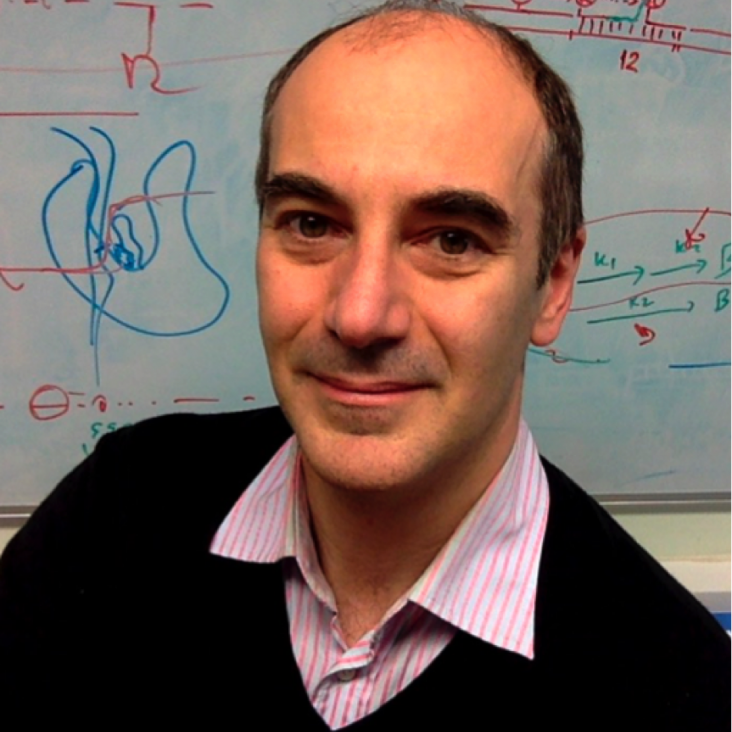Deep Antimicrobial Susceptibility Phenotyping (DASP) Training and Evaluation Dataset, and Trained Models.
University of Oxford (2023)
Abstract:
Dataset of microscopy images of untreated and treated E.coli lab strains and clinical isolates, and machine learning models trained on them. Corresponding publications: https://doi.org/10.1101/2022.12.08.22283219 Corresponding analysis code: https://github.com/KapanidisLab/Deep-Learning-and-Single-Cell-Phenotyping-for-Rapid-Antimicrobial-Susceptibility-TestingSingle-molecule FRET for virology: 20 years of insight into protein structure and dynamics
Quarterly Reviews of Biophysics Cambridge University Press (CUP) 56 (2023) e3
Virus detection and identification in minutes using single-particle imaging and deep learning
ACS Nano American Chemical Society (2023)
Abstract:
ABSTRACT
The increasing frequency and magnitude of viral outbreaks in recent decades, epitomized by the current COVID-19 pandemic, has resulted in an urgent need for rapid and sensitive diagnostic methods. Here, we present a methodology for virus detection and identification that uses a convolutional neural network to distinguish between microscopy images of single intact particles of different viruses. Our assay achieves labeling, imaging and virus identification in less than five minutes and does not require any lysis, purification or amplification steps. The trained neural network was able to differentiate SARS-CoV-2 from negative clinical samples, as well as from other common respiratory pathogens such as influenza and seasonal human coronaviruses. Additionally, we were able to differentiate closely related strains of influenza, as well as SARS-CoV-2 variants. Single-particle imaging combined with deep learning therefore offers a promising alternative to traditional viral diagnostic and genomic sequencing methods, and has the potential for significant impact.Virus Detection and Identification in Minutes Using Single-Particle Imaging and Deep Learning.
ACS nano (2022)
Abstract:
The increasing frequency and magnitude of viral outbreaks in recent decades, epitomized by the COVID-19 pandemic, has resulted in an urgent need for rapid and sensitive diagnostic methods. Here, we present a methodology for virus detection and identification that uses a convolutional neural network to distinguish between microscopy images of fluorescently labeled intact particles of different viruses. Our assay achieves labeling, imaging, and virus identification in less than 5 min and does not require any lysis, purification, or amplification steps. The trained neural network was able to differentiate SARS-CoV-2 from negative clinical samples, as well as from other common respiratory pathogens such as influenza and seasonal human coronaviruses. We were also able to differentiate closely related strains of influenza, as well as SARS-CoV-2 variants. Additional and novel pathogens can easily be incorporated into the test through software updates, offering the potential to rapidly utilize the technology in future infectious disease outbreaks or pandemics. Single-particle imaging combined with deep learning therefore offers a promising alternative to traditional viral diagnostic and genomic sequencing methods and has the potential for significant impact.Single-Molecule Fluorescence Spectroscopy of Molecular Machines
World Scientific Publishing, 2022


